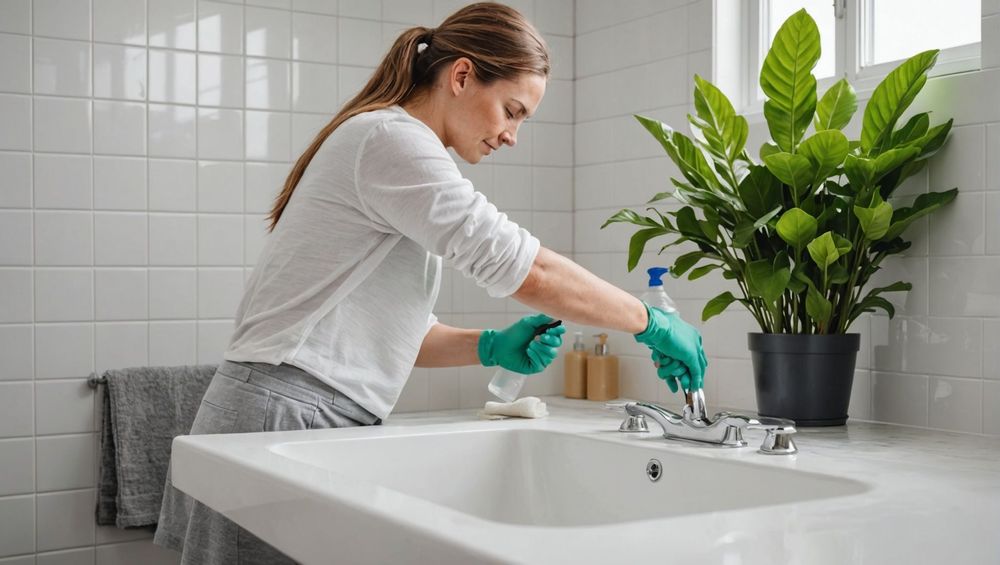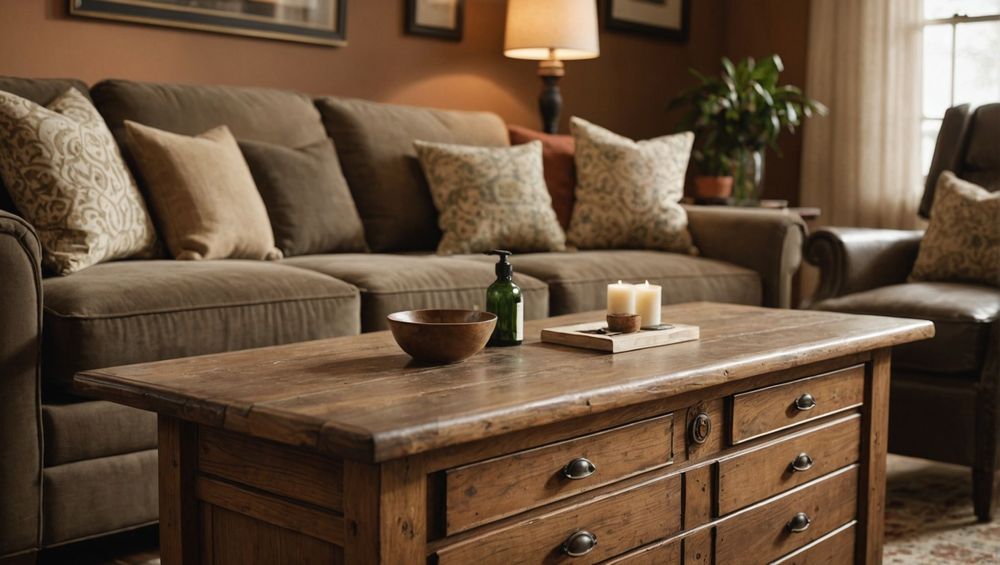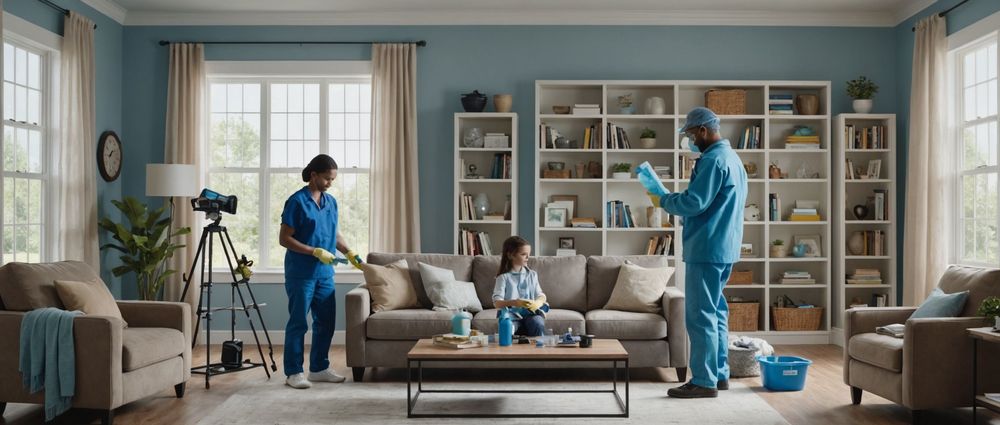Mold can be a persistent problem in any home, but understanding how to effectively eliminate it is crucial in maintaining a healthy living environment. This article will provide practical strategies for removing mold from various surfaces, including walls, wood, fabric, and more. By using the right techniques and products, you can tackle mold growth head-on. It’s essential to remember that safety should be your priority, and preventative measures will help protect your home from future infestations.
Understanding Mold and Its Risks

Mold thrives in damp, warm environments, often appearing in areas with poor ventilation and high humidity. It can be found on various surfaces, including walls, ceilings, wood, fabrics, and more. The presence of mold not only mars your home’s appearance but poses significant health risks, especially for individuals with allergies or respiratory issues. Common symptoms of mold exposure include sneezing, coughing, skin irritation, and even more severe reactions in sensitive individuals. Additionally, mold can lead to structural damage if left untreated, necessitating costly repairs.
Safety Precautions Before Cleaning Mold

Before embarking on the mold removal process, it is critical to ensure safety measures are in place. Here are some essential precautions you should take:
-
Wear Protective Gear:
Make sure to don gloves, goggles, and an N95 mask to limit exposure to mold spores. -
Ensure Adequate Ventilation:
Open windows and use fans to circulate air, reducing inhalation risks. -
Avoid Harsh Chemicals:
Use environmentally friendly mold removers or natural solutions to minimize potential harm. -
Contain the Affected Area:
Use plastic sheeting to close off areas affected by mold to prevent spores from spreading. -
Assess Structural Damage:
Determine whether the affected area needs professional help if mold growth is extensive.
Effective Methods to Remove Mold from Different Surfaces
Different surfaces require various approaches for effective mold removal. Below are tailored techniques for different materials:
-
Walls and Ceilings:
Use a mixture of water and vinegar (1:1 ratio) or a specialized mold cleaner. Apply the solution with a cloth or sponge, scrub thoroughly, and wipe clean with water to avoid residue. -
Wood Furniture:
Create a solution of water and mild detergent or vinegar. Use a soft brush to scrub gently; be cautious not to damage the wood. -
Fabric and Upholstery:
Wash affected fabrics using hot water and detergent. For upholstery, use a solution of water and vinegar in a spray bottle, lightly mist the area, and allow it to air dry. -
Bathroom Tiles:
A paste of baking soda and water can be effective. Apply it, let it sit for Ten minutes, then scrub with a brush and rinse with water. -
Carpets:
Blot the mold with a solution of equal parts water and white vinegar. Avoid soaking the carpet, rinse, and allow to dry completely to prevent further growth.
Preventing Mold Growth in the Future

Once you have eliminated mold from your home, it is vital to implement preventative strategies. Keeping humidity levels low is key; aim for a humidity level of 30-50%. Here are several effective tips for preventing mold growth:
-
Use Dehumidifiers:
Invest in a dehumidifier for damp areas like basements. -
Improve Ventilation:
Install exhaust fans in kitchens and bathrooms, and open windows where possible. -
Regular Cleaning:
Clean areas prone to moisture regularly, such as bathroom tiles and kitchen sinks. -
Repair Leaks:
Fix any leaks in roofs, walls, or plumbing promptly to avoid moisture accumulation. -
Install Mold Resistant Products:
Consider investing in mold-resistant paint and materials when renovating or building.
Conclusion
Removing mold from your home is not just about aesthetics but also about ensuring a safe and healthy living environment. By understanding the risks of mold, taking necessary safety precautions, and employing effective removal techniques for different surfaces, you can reclaim your space. Additionally, implementing proactive measures will help prevent mold from returning. Ultimately, keeping your home free from mold requires vigilance and regular maintenance, but the health benefits are well worth the effort.
Часто задаваемые вопросы
1. Can I use bleach to remove mold?
Bleach can remove mold on non-porous surfaces, but it’s not always effective on porous materials. It may also release harmful fumes, so it’s best to use vinegar or specialized mold removers.
2. How can I tell if mold is black mold?
Black mold typically appears dark green or black and has a slimy texture. If you’re unsure, consider contacting a professional for testing.
3. What natural solutions are effective against mold?
Natural solutions such as vinegar, baking soda, and hydrogen peroxide are effective in removing mold without harsh chemicals.
4. Is it necessary to remove all mold?
While it’s challenging to eliminate all mold spores from your environment, it is crucial to remove any visible mold and address the source of moisture to minimize health risks.
5. How often should I check for mold in my home?
Regular checks in high moisture areas, such as bathrooms and basements, should be performed at least every few months, especially after heavy rains or if leaks occur.
